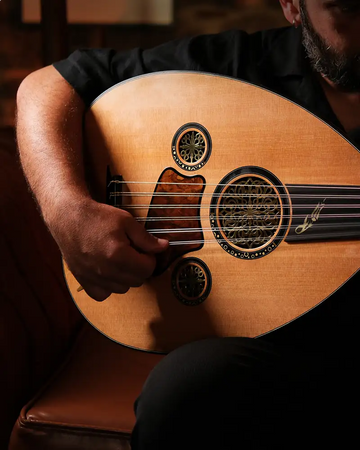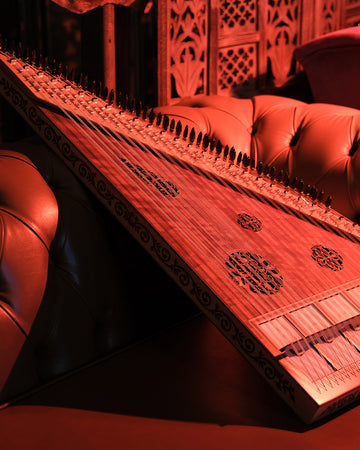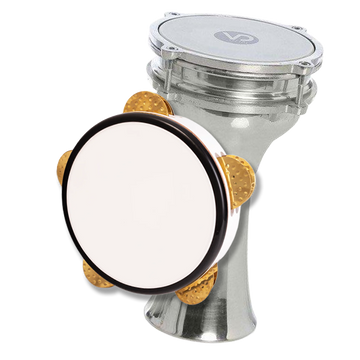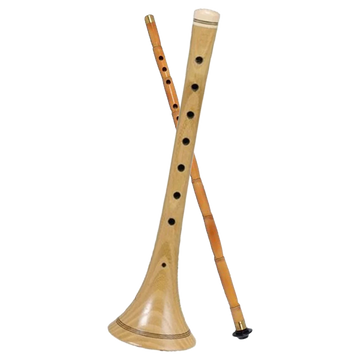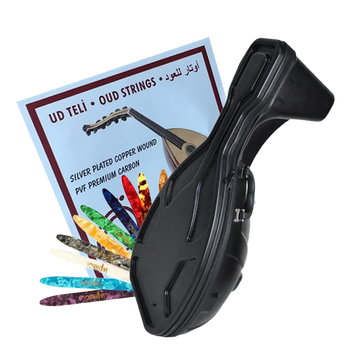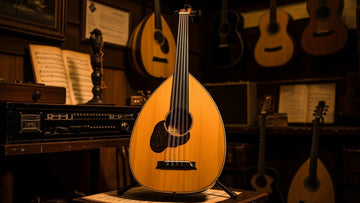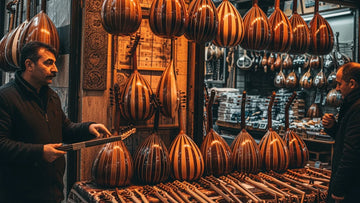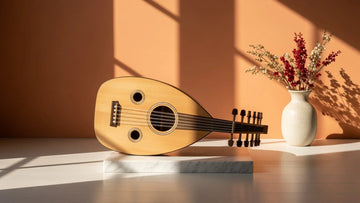When choosing an ud instrument, there are several crucial factors to consider. Key points to keep in mind when purchasing an ud include: the quality of materials, the harmony between the neck and body, string selection, the maker, price and budget, and the process of making an informed choice.
Material quality is a critical factor for the ud, as it is for any musical instrument. The type of wood used for the body, especially, plays a crucial role in shaping the sound character. Uds made from high-quality woods such as spruce, maple, or mahogany can produce deeper and richer sounds. Uds crafted with top-notch materials tend to be durable and high-performing instruments.
The harmony between the neck and body is a critical aspect to ensure comfort during play. Lack of harmony can adversely affect the playability. String selection is another significant factor influencing sound quality. Quality strings enable a clearer and richer sound, while accurately tuned strings contribute to consistent performance.
The maker plays a vital role in determining the quality of the ud. Uds produced by renowned and famous makers generally exhibit higher quality, albeit at a slightly higher price.
When buying an ud, it's essential to consider your budget, but it's equally important not to make a decision solely based on price. Trying out and comparing different models within your budget range is crucial for making a budget-friendly yet quality ud selection. If possible, experiencing and comparing uds by playing them can assist in making the most suitable choice.
Considering these factors when buying an ud ensures not only immediate playing enjoyment but also guarantees long-term satisfaction. Selecting an ud that suits your needs and musical preferences allows you to express your music in the best possible way.
Oud Maintenance and Storage Guide: Extend the Lifespan of Your Oud!
Proper maintenance and storage are crucial for ensuring the longevity of your oud instrument and sustaining your musical enjoyment. Key tips to consider in oud maintenance include: cleanliness and regular care, appropriate temperature and humidity conditions, correct storage methods, and regular string replacement.
Playing the oud with clean hands can help prevent the build-up of oils and dirt that could harm the wooden texture of the instrument. Wiping down your oud after playing is essential. Additionally, avoiding extreme temperatures helps shield the oud from adverse effects caused by temperature variations. Maintaining an environment with a humidity level between 40% and 60% is important for the health of your oud.
When not in use, it's essential to store your oud in its case. The case serves as protection against sunlight, dust, and changes in humidity. Cases with special compartments are particularly useful for keeping your accessories organized. Regular string replacement is also necessary, as worn-out strings can negatively impact sound quality.
By following these simple measures, you can enhance the performance of your oud and ensure its long-lasting use. If you encounter any issues or require detailed maintenance, consulting a reliable oud maker or music store is advisable. Remember, proper care will help maximize the musical potential of your oud.
